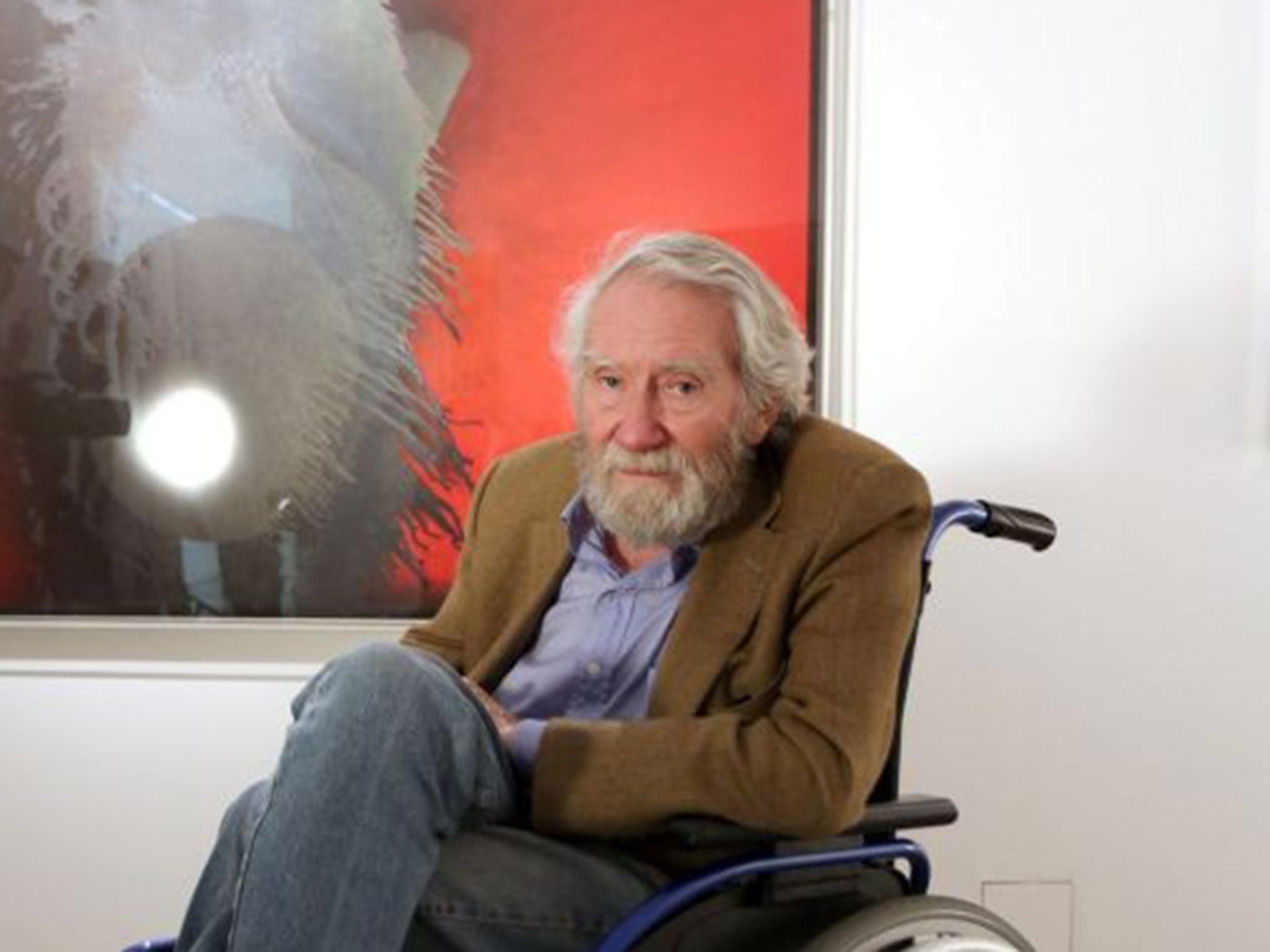Otto Piene: Painter and sculptor best known for the ‘Olympic Rainbow’ which illuminated the Munich sky in 1972
‘People got the feeling that there was a reason to hope,’ he said of his most famous sculpture

Your support helps us to tell the story
From reproductive rights to climate change to Big Tech, The Independent is on the ground when the story is developing. Whether it's investigating the financials of Elon Musk's pro-Trump PAC or producing our latest documentary, 'The A Word', which shines a light on the American women fighting for reproductive rights, we know how important it is to parse out the facts from the messaging.
At such a critical moment in US history, we need reporters on the ground. Your donation allows us to keep sending journalists to speak to both sides of the story.
The Independent is trusted by Americans across the entire political spectrum. And unlike many other quality news outlets, we choose not to lock Americans out of our reporting and analysis with paywalls. We believe quality journalism should be available to everyone, paid for by those who can afford it.
Your support makes all the difference.Otto Piene was an artist acclaimed for his vivid, colourful paintings and gigantic open-air sculptures. His work has been exhibited in more than 100 galleries and museums around the world, but he was probably best known for the Olympic Rainbow, an array of coloured tubes which illuminated the sky at the conclusion of the 1972 Olympic Games in Munich.
Germany’s Minister for Culture Monika Gruetters called him one of the last great founding fathers of postwar modern art: “Many of his highly aesthetic works in public space were also a signal against the inhospitality of our cities. By making light and movement a topic of many of his objects and installations, he pointed out new ways for the fine arts.”
He created his Olympic Rainbow by filling different-coloured tubes with helium and create a strip of rainbow that lit up the sky. Following the Palestinian terrorist attack the piece was seen as a symbol of hope. Piene, who referred to the work as “Sky Art”, said, “people really got the feeling that there was a reason to hope, that not everything from now on would be disaster, death and destruction”.
Piene was born in 1928 in Bad Laasphe in western Germany – his father was a physicist – and studied at the academies of fine arts in Munich and Düsseldorf. Together with his fellow artist Heinz Mack he founded the influential postwar art movement Group Zero in 1957. They attempted to break traditional artistic boundaries by experimenting with light, air, movement, fire and metal.
In 1974 Piene was appointed director of the Massachusetts Institute of Technology’s Centre for Advanced Visual Studies, and had lived in Boston since, retiring in 1993. He died suddenly in a taxi, shortly after the opening of his exhibition “More Sky” at Berlin’s Neue Nationalgalerie museum.
Otto Piene, artist: born Bad Laasphe, Province of Westphalia 18 April 1928; Elizabeth Goldring (four children and one stepdaughter); died Berlin 17 July 2014.
Join our commenting forum
Join thought-provoking conversations, follow other Independent readers and see their replies
Comments